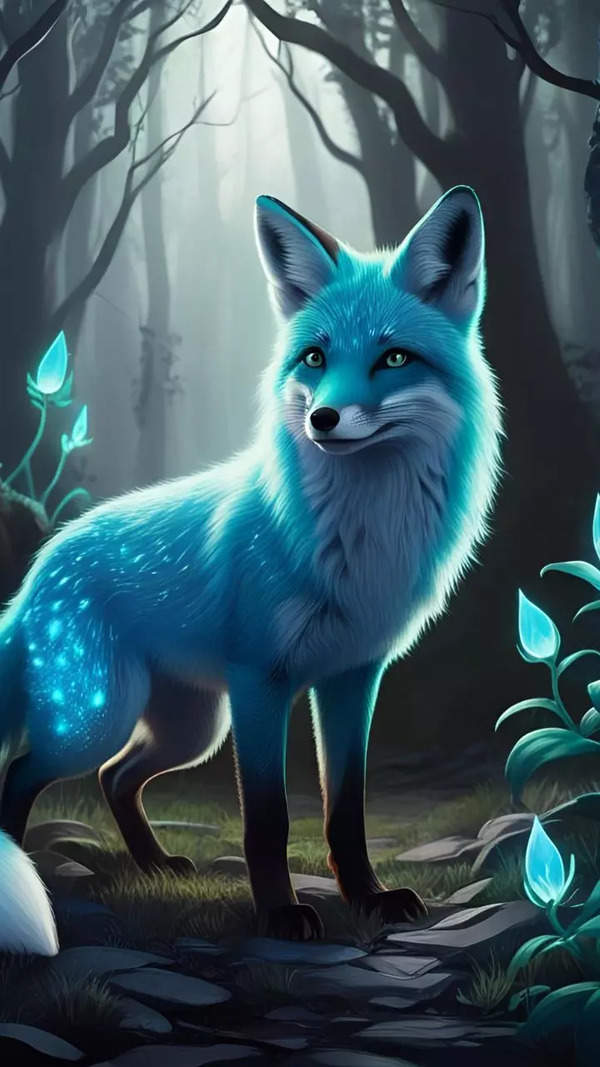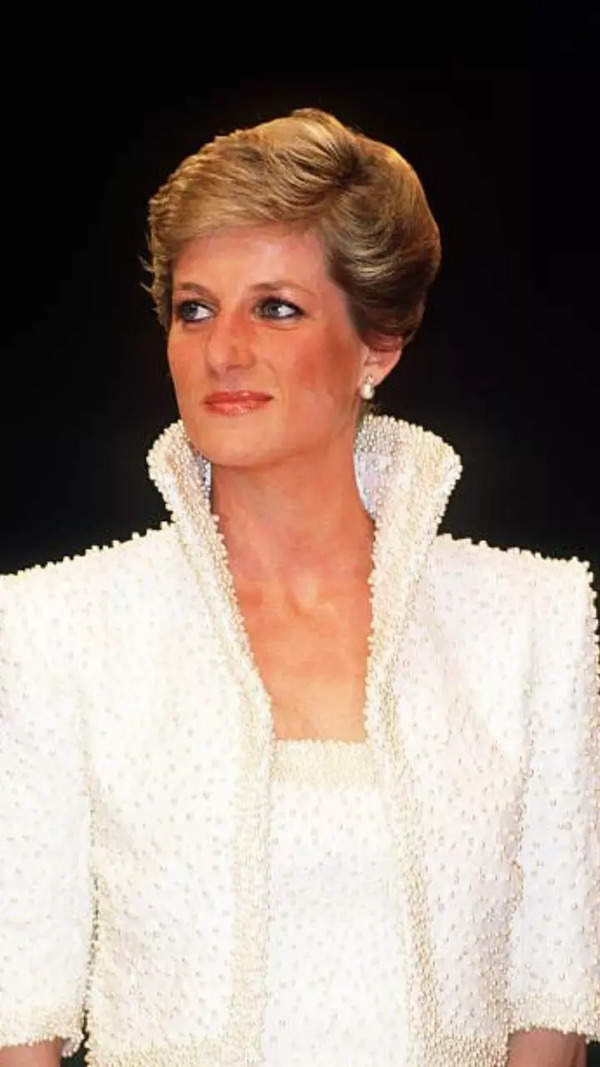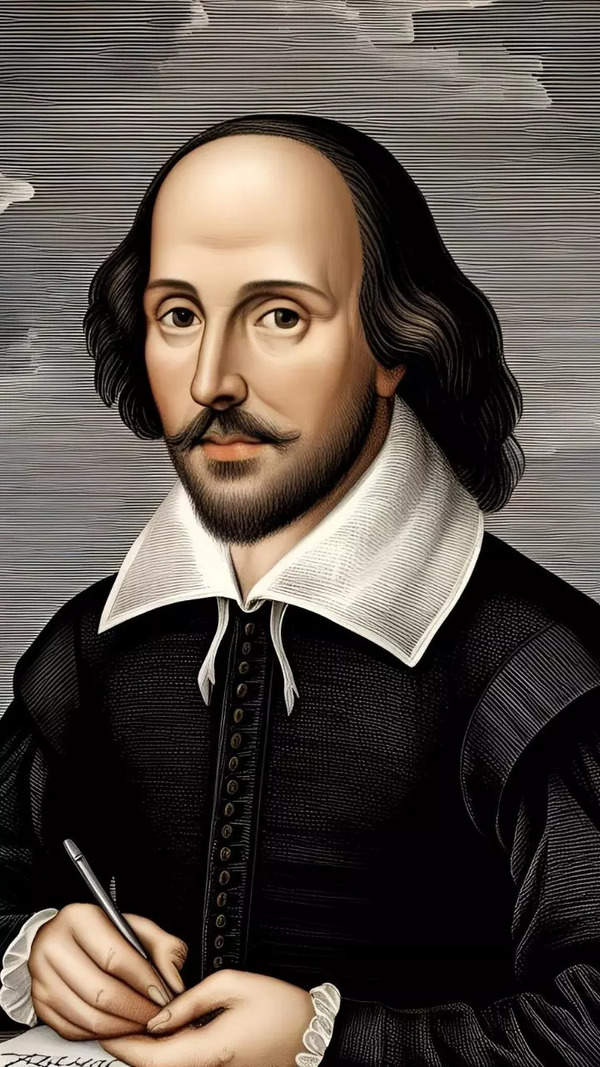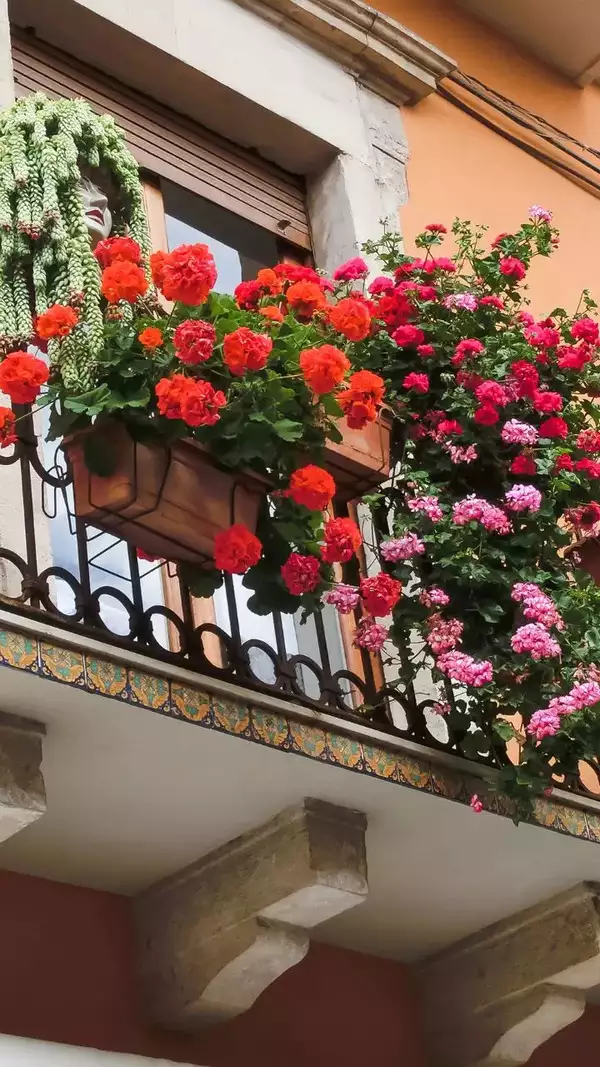Trending
Where is the bejewelled crown of the last Mughal emperor Bahadur Shah Zafar?
The crown of Bahadur Shah Zafar, the last Mughal emperor, and two throne chairs are part of the Royal Collection in London. These items were acquired after the Indian Mutiny of 1857 and symbolize the end of the Mughal Empire and the beginning of British colonial rule in India.
The crown of Bahadur Shah Zafar, the last Mughal emperor, holds significant historical value and is currently part of the Royal Collection in London, where it remains an enduring symbol of India’s rich history. The crown, along with two ornate throne chairs, was acquired by Major Robert Tytler following the Indian Mutiny of 1857 and the subsequent fall of the Mughal Empire. This key moment in Indian history led to the dismantling of the Mughal dynasty, which had ruled over much of India for centuries.
The fall of the Mughal Empire came in 1857 after the British forces successfully defeated Emperor Bahadur Shah Zafar, who had been a symbolic leader during the uprising. Zafar, who had nominal control over the Mughal territories, was exiled to Burma (modern-day Myanmar) after the British forces quelled the rebellion. As a result, a significant auction took place in Delhi, marking the formal end of the Mughal rule. The auction, organized to sell off the emperor's prized possessions, saw many valuable items, including Zafar’s crown, precious jewels, and artifacts, sold to the highest bidders. Among those bidders was Major Robert Tytler, a key figure in the Siege of Delhi, who purchased the emperor's crown and two throne chairs. These items, rich in symbolism, were part of the emperor’s regal heritage and were intended to preserve the legacy of the huge Mughal Empire.
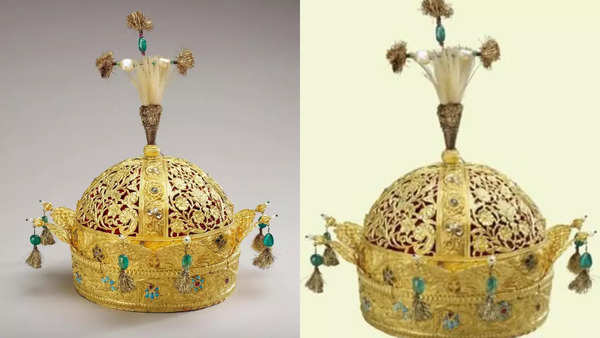
The presentation of the crown and thrones to Queen Victoria was formalized through communication with Sir Charles Wood, the Secretary of State for India, who wrote to Prince Albert, Queen Victoria's consort, describing the crown in detail. He clarified that the item was not a conventional crown but rather a "rich skull-cap" that adorned the head of Emperor Bahadur Shah Zafar. The crown was part of the emperor’s headwear, with a turban wrapped around it. Crafted from a mixture of precious materials, the crown featured gold, rubies, diamonds, emeralds, turquoises, pearls, and velvet. The description provided by Sir Charles Wood revealed that this unique headpiece was not only a regal symbol but also an exquisite work of craftsmanship, indicative of the rich heritage and artistic traditions of the Mughal Empire.
Given the historical and cultural importance of the crown, Prince Albert recognized the value of these items and requested more details. After receiving this information, the crown was sent to Windsor for Queen Victoria’s personal inspection. Upon evaluation, both the crown and the two throne chairs were purchased by Queen Victoria and added to the Royal Collection, where they remain to this day. These objects serve as poignant reminders of the end of the Mughal Empire and the beginning of British colonial rule in India.
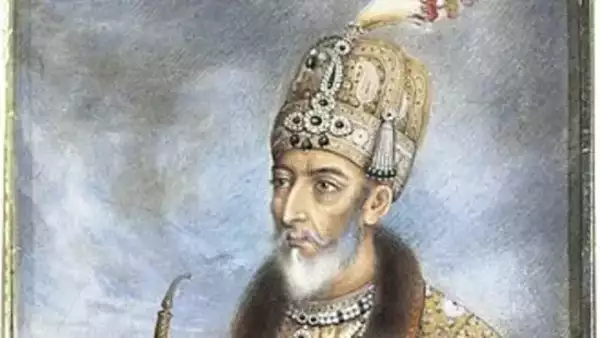
Despite the historical value of the crown and chairs, Major Tytler was not entirely satisfied with the little price he received. The agreed-upon sum for both the crown and the throne chairs was £500 which Tytler felt was far too low for such historically significant items. Tytler had hoped for a more lucrative deal and expected a favorable appointment upon his return to India, which would justify his efforts in acquiring and presenting these artifacts to the British royal family. However, these promises did not materialize, leaving Tytler and his wife, Harriet Tytler, disillusioned with the outcome. In Harriet Tytler’s memoirs, she recounts how her husband’s dissatisfaction with the transaction persisted for many years, as they both felt that the true value of the items was not reflected in the price paid by late Queen Victoria.

Today, the crown of Bahadur Shah Zafar, along with the two throne chairs, remains an important part of the Royal Collection in London. These items not only represent the cultural and artistic achievements of the Mughal Empire but also symbolize the end of an era in Indian history. The crown, in particular, serves as a tangible connection to the once-great Mughal dynasty and its imperial legacy, while also marking the transition to British colonial rule in India. The relics continue to captivate historians, art enthusiasts, and visitors to the Royal Collection, standing as enduring symbols of a bygone era that shaped the history of the Indian subcontinent.
- Who was Bahadur Shah Zafar?
Bahadur Shah Zafar was the last Mughal emperor of India, ruling from 1837 until the British deposed him in 1857. Born in 1775, he was a poet, scholar, and a symbol of the Mughal dynasty's decline under British colonial rule. Zafar is perhaps most famously remembered for his symbolic role in the Indian Rebellion of 1857, where he was crowned as a figurehead of the uprising against British rule. Despite his noble heritage, Zafar had little power during his reign, and the British East India Company controlled most of the governance. After the rebellion was suppressed, Bahadur Shah Zafar was captured, tried, and exiled to Rangoon (present-day Yangon, Myanmar), where he lived in obscurity until his death in 1862. His legacy as a martyr for Indian independence and his contributions to Urdu poetry remain significant. - How vast was his jewellery collection?
Bahadur Shah Zafar's jewellery collection was an exquisite reflection of the opulence and grandeur of the Mughal era. As the last Mughal emperor, his collection included a vast array of priceless jewels, ornate necklaces, intricate rings, and sparkling gemstones, many of which were passed down through generations of the Mughal dynasty. The emperor was known to be fond of fine jewellery, and his collection boasted pieces crafted from the finest gold, diamonds, and emeralds. Some of these jewels were not only symbols of royal wealth but also carried cultural and historical significance. However, after the British defeated the Mughal Empire in 1857, much of his jewellery was looted or seized, with some pieces disappearing into history, while others found their way into museums and private collections. Despite his exile, Zafar's jewellery collection remains a symbol of the Mughal Empire's once-glorious legacy. - What were his interests?
Bahadur Shah Zafar was not just a ruler but also a cultured and intellectual figure with a deep passion for poetry, art, and music. Known for his love of literature, he was a prolific poet who wrote under the pen name 'Zafar' and composed numerous ghazals in Persian and Urdu, reflecting his refined sensibilities. His keen interest in the arts extended to calligraphy, painting, and classical music, which flourished in his court. Zafar was also an avid lover of nature, often indulging in the serene beauty of the gardens around his palace. Despite his political limitations and the decline of the Mughal Empire, he managed to maintain a cultural environment that attracted scholars, poets, and artists, earning him the admiration of intellectuals in his time. - What were some of his famous quotes?
Bahadur Shah Zafar, a gifted poet and philosopher, left behind a legacy of poignant and reflective quotes that capture his deep understanding of life, love, and loss. One of his most famous lines, "Har ek ko maloom hai ke Zafar ki akhirat bhi hai," translates to "Everyone knows that Zafar too has his afterlife," symbolising his melancholic acceptance of the inevitable fate that befell him and his empire. His poetry often reflected themes of despair, longing, and the passage of time, such as in his ghazals where he poignantly expressed feelings of abandonment and separation. Zafar’s works continue to resonate for their emotional depth and his ability to capture the human condition, even in the face of personal and political decline.
End of Article
FOLLOW US ON SOCIAL MEDIA
Visual Stories
Tired of too many ads?go ad free now





